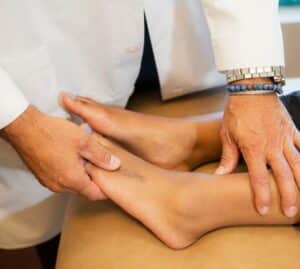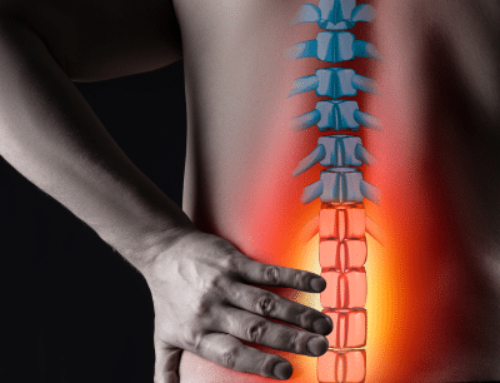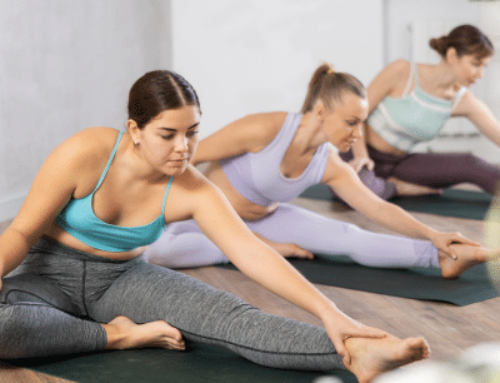
Have you ever, or do you know someone who has, sprained their ankle? Chances are your answer is yes. Injuries to the foot and ankle can be the result of a traumatic accident and unforeseen event, but often times they are caused by factors that are totally preventable. Many foot and ankle injury issues are the result of weak muscles, tight tendons, and poor footwear, all of which we have the ability to control.
How To Prevent Foot And Ankle Injury
Body Weight– Controlling your body weight and keeping it within a healthy range reduces the stress on the feet and ankles, as well as the rest of the body. Lower body weight also supports good circulatory health which enables the body to heal itself faster when an injury is sustained.
Core Strength– Strengthening the core muscles helps to naturally correct body alignment and gait. The core muscles hold the spine erect. When these muscles are flaccid the spine can slope causing added stress on the body as it struggles to hold itself up. Strengthening these muscles will support the spine, allowing you to stand tall and shifting the center of gravity back where it belongs.
Joint Strength– Strength training is a technique that does just what it promises, it adds strength. Specialized machines can be used to work out specific joints without exerting the entire body. Strong joints are stable joints and less likely to give way when put under stress.
Stretching– Stretching the muscles and tendons of the legs every day helps to keep them limber and ready for any activity. HROSM recommends regular stretching to prevent muscle cramps, keep tendons loose and less likely to snap, and promote blood flow through the extremities.
Footwear– This doesn’t just apply to the ladies in heels. Supportive shoes reduce the stress on the feet, ankles, and knees. It’s also important to consider your footwear choices based on the activity you will be performing. For example, boots that come up over the ankles are optimal for activities on uneven terrain to prevent twisting or rolling of the ankle.
For more recommendations on how to avoid foot and ankle injuries, please schedule an appointment with our foot & ankle specialists at HROSM. Allow us to develop a strength and prevention plan that will work best for you. Our team is here to keep you safe and guide you on your journey to a stronger you.






